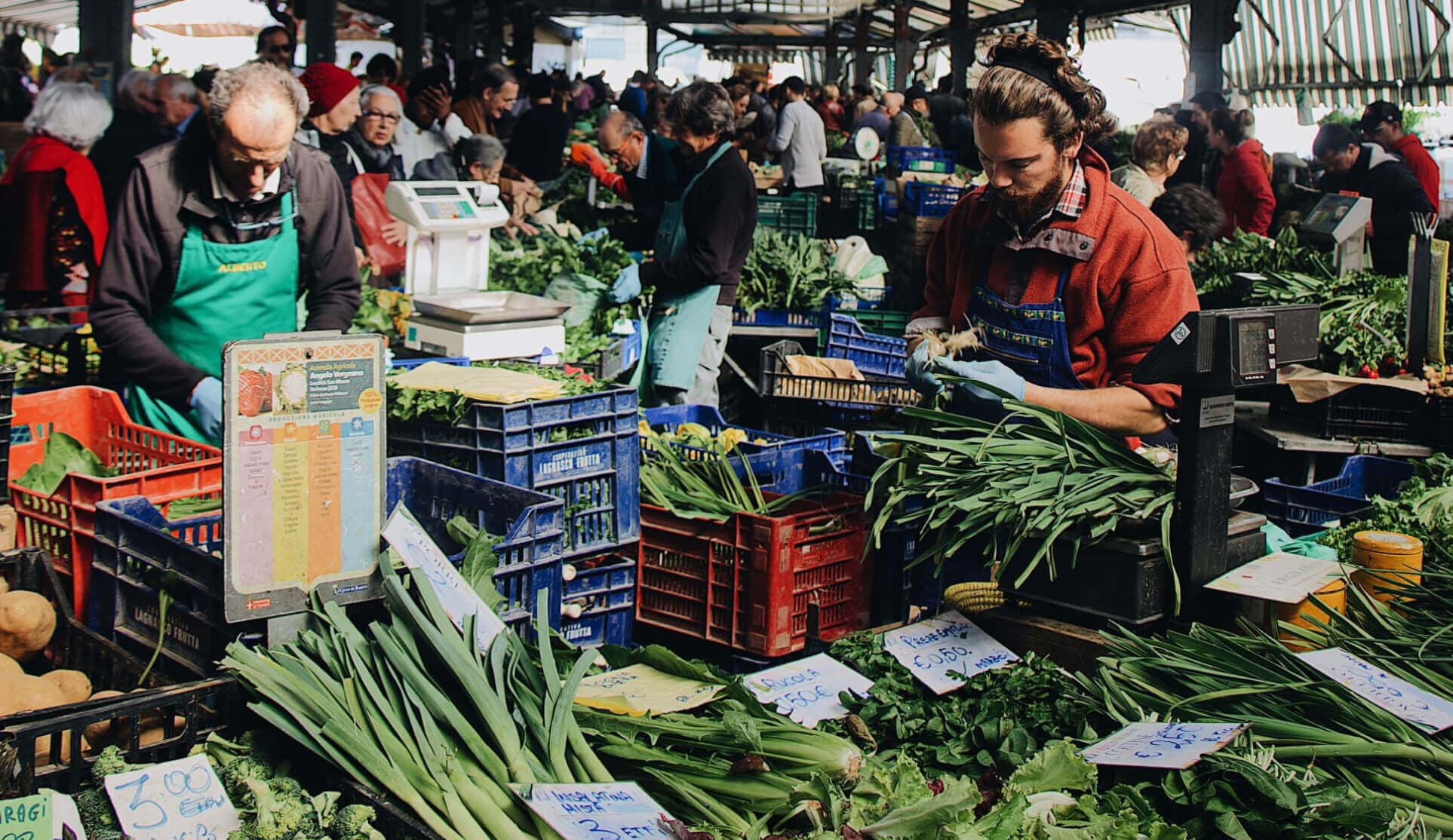Global Perspectives on the Food Security Crisis
Weber Shandwick experts around the world are watching the evolving food security crisis. In this report, we provide local market perspectives, trends and analysis.

What to know
The number of people facing acute food insecurity and requiring life-saving food assistance and livelihood support is growing at an alarming rate. The UN’s Food & Agriculture Organization (FAO) reported in April that 193 million people in 53 countries or territories are experiencing acute food insecurity at crisis levels. Price inflation for both food and farm imports and rising transportation costs are impacting politics around the world and worsening conditions could lead to social unrest. There is an urgency for governments, multilateral organizations and the private sector to collaborate to provide emergency food aid as well as address the root causes of the food crises.
The key drivers behind rising acute food insecurity are the war in Ukraine (and conflicts in other countries), weather extremes and economic shocks and trade disruptions created by the COVID-19 pandemic and lockdowns. The nature of the war in Ukraine – between two agricultural production powerhouses – is rippling outward. Three months into the war, exports from Ukraine have stalled, future harvests are in doubt and prices of agriculture commodities and inputs have spiked. Most exposed are countries that rely on agricultural exports from Ukraine and Russia to feed their citizens or fertilizer from Russia and Belarus to produce their own food.
Regional Perspectives
United States
The United States has one of the world’s most robust agribusiness sectors and is home to leading food companies and brands. As the largest donor of humanitarian assistance worldwide, the U.S. will play an important role in addressing global food insecurity in the months ahead.
American farmers and ranchers produce sufficient food for both domestic consumption and export – about 20 percent of all U.S. production is exported around the world. U.S. agricultural exports in 2021 were a record $177 billion. However, USDA is forecasting that rising fuel and farm input costs resulting from the conflict in Ukraine are creating uncertainty for 2022-2023 wheat and corn harvests.
Congress is considering $40 billion in Ukraine-related aid, including $5 billion for food aid. Separately, USAID is tapping humanitarian reserve funds to provide $700 million in increased funding to emergency food operations in six countries facing severe food insecurity: Ethiopia, Kenya, Somalia, Sudan, South Sudan and Yemen. The U.S. has already given the World Food Programme (WFP) more than $50 million for its Ukraine efforts.
In response to several countries already putting up food trade barriers, the United States is urging countries not to respond to rising commodity prices and fears of shortages by restricting food exports or making hoard purchases on global markets. The U.S. and Europe are working together to establish a humanitarian corridor in the Black Sea to circumvent a Russian military blockade that is threatening to hold back millions of tons of grain from the world food supply.
In addition to government aid, U.S. companies, churches and faith-based organizations are responding with millions in private donations.
James Meszaros
Executive Vice President | Washington

Canada
Canadian Prime Minister Justin Trudeau visited Ukraine on May 8. As part of his visit, he participated in the G7 meeting and affirmed Canada’s commitment to global food security. Canada is allocating CAD $25 million of its $100 million commitment for humanitarian aid to the World Food Programme to address food security in Ukraine.
Canada’s capacity to fill the global food security gap is limited. While Agriculture Canada projects seeded wheat acreage for 2022-2023 to grow by 9 percent, environmental and economic factors present risks to crop yields. Drought conditions in the prairies and record flooding in British Columbia, along with labor shortages and increased shipping costs, led to poor yields in 2021 and a drop in Canada’s wheat reserves by 38 percent from 2020. Dry conditions are expected to continue in 2022.
Cameron Summers
Executive Vice President | Toronto
Brazil
While Brazil has been among the world’s largest food producers and exporters for many decades, Brazilians have consistently faced food insecurity. According to the National Survey on Food Security, 43 million Brazilians did not have enough food and 19 million faced hunger during the COVID pandemic – a significant percentage in a country of 214 million people.
The economic crisis triggered by the pandemic increased social inequalities and poverty. While a lack of food has always been a critical issue in Brazil, in recent years, national policies for food security have lost importance as a public priority.
Nevertheless, agriculture and livestock production in Brazil remains strong and expanding each year, with around 20 percent available for export. Food security is also a critical aspect of sustainable development for Brazil and Latin America and the COVID-19 pandemic only worsened conditions. Generating jobs, supporting domestic agriculture production and amplifying social programs continue to be key measures to reduce social inequalities and combat food insecurity.
Brazil is a leading importer of fertilizers from Ukraine and Russia – and disruptions in trade, as well as price increases, could impact food production in the country.
Carolina Lobo
Vice President | Sao Paulo
Ut enim ad minim veniam, quis nostrud exercitation ullamco laboris nisi ut aliquip ex ea commodo consequat. Duis aute irure dolor in reprehenderit in voluptate velit esse cillum dolore eu fugiat nulla pariatur.
Brazil
While Brazil has been among the world’s largest food producers and exporters for many decades, Brazilians have consistently faced food insecurity. According to the National Survey on Food Security, 43 million Brazilians did not have enough food and 19 million faced hunger during the COVID pandemic – a significant percentage in a country of 214 million people.
The economic crisis triggered by the pandemic increased social inequalities and poverty. While a lack of food has always been a critical issue in Brazil, in recent years, national policies for food security have lost importance as a public priority.
Nevertheless, agriculture and livestock production in Brazil remains strong and expanding each year, with around 20 percent available for export. Food security is also a critical aspect of sustainable development for Brazil and Latin America and the COVID-19 pandemic only worsened conditions. Generating jobs, supporting domestic agriculture production and amplifying social programs continue to be key measures to reduce social inequalities and combat food insecurity.
Brazil is a leading importer of fertilizers from Ukraine and Russia – and disruptions in trade, as well as price increases, could impact food production in the country.
Carolina Lobo
Vice President | Sao Paulo
Let’s talk
Have an RFP you’d like to share? Skip the contact form below and email us to get started.
Fields with * are required.